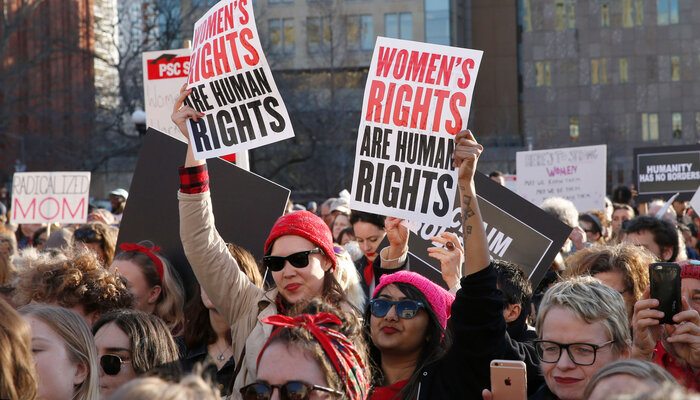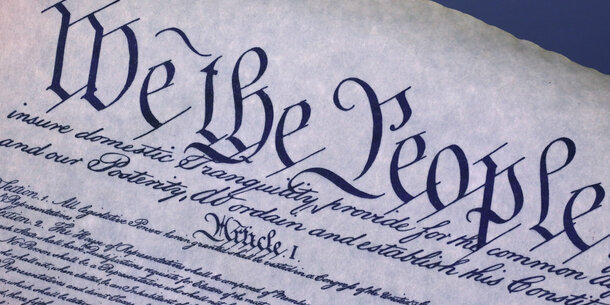In the United States, the fight for a federal Equal Rights Amendment has been a century in the making.
Meanwhile, state-level equivalents abound. Some are comprehensive provisions of state constitutions that guarantee equal rights regardless of an individual’s gender, and others are provisions that prohibit gender-based discrimination in specific circumstances.
State courts and constitutions are becoming increasingly important in the wake of the Supreme Court’s ruling in Dobbs v. Jackson Women’s Health Organization as well as federal courts’ growing hostility to many forms of civil rights protection. In the coming months and years, litigants may increasingly turn to state-level Equal Rights Amendments.
What follows is a summary of the constitutional protections afforded in the 50 states. It is not intended to be exhaustive and may change and evolve in real time.





